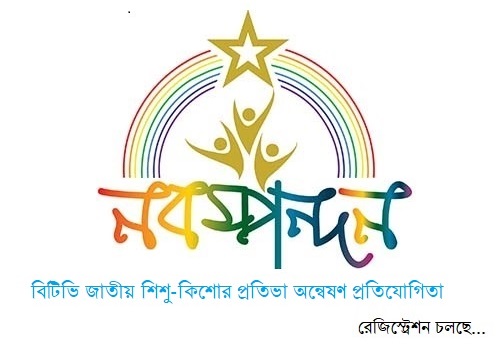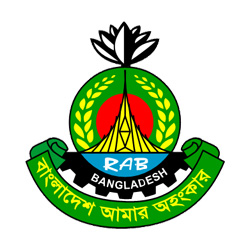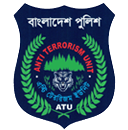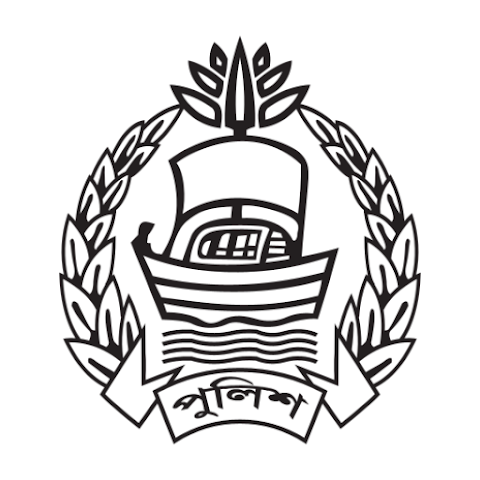এনএটিপি-২ এর উদ্দেশ্য
The overall objective of the longer term program (NATP in three phases over 15 years) is to support GOB’s strategy to improve national agricultural productivity, market linkage and farm income, with a particular focus on small, marginal and female farmers. The Project Development Objective (PDO) of NATP: Phase-I was to improve effectiveness of the national agricultural technology system in Bangladesh. And, the Project Development Objective (PDO) of National Agricultural Technology Program: Phase-II Project (NATP-2) is to increase agricultural productivity of smallholder farms and improve smallholder farmers’ access to markets in selected districts.
The development objective of the project is to increase agricultural productivity of small holder farms and improve small farmer holder’s access to markets in selected districts and Project Development Objective (PDO) would be achieved through:
a) strengthening the capacity of research, extension services and farmers to generate, adopt and diffuse agricultural technologies aimed at increasing farm productivity and reducing post-harvest losses; and
b) promoting the sustainability of existing and newly created farmer groups and producer organization by facilitating their stronger participation in commodity value chain, market-linkages, and improving their knowledge and skill base.
During the NATP: Phase-1 most of the targets were achieved for which the team members of NATP-2 could be able to have a good experiential foundation to drive its efforts and endeavors in order to achieve the targets of NATP-2 by next five years. NATP: Phase-1 covered 120 upzillas and NATP-2 would cover 270 Upazillas with taking 107 from NATP-1 and newly added 163 upzillas under 57 districts of Bangladesh during the whole project period.
The Specific objectives of the project are:
- Research
- One hundred (100) Competitive Research Grants (CRG) proposals will be undertaken;
- Thirty three (33) Program Based Research Grants (PBRG) proposals will be undertaken;
- Forty (40) improved technologies will be demonstrated in the farmers’ fields of project areas;
- Targeted HRD programs (80 local PhDs, 60 foreign PhDs, short-term training, study visit, etc) will be implemented;
- Research and training facilities in NARIs, particularly in outreach stations (RARS/ ARS) will be improved.
ii) Extension, Supply Chain and Human Resource Development (HRD):
- Forty thousand seven hundred ten (40,710) CIGs (crops-27150, fisheries-5,430 and livestock-8,130) will be organized, mobilized and supported on a continuous basis in 270 project upazilas of 57 districts;
- Sixty percent (60%) of CIG farmers, i.e. 640,000 CIG farmers (including 35% female farmers) will adopt at least 1 improved technology to be promoted by the project;
- Yield/productivity of selected agricultural commodities will be increased by 08-100% (rice 14%, wheat 10%, tomato 20%, eggplant 25%, banana 15%, lentil 16%, mustard 12%,maize 12%, potato 8%, onion 10%, garlic 10%, mungbean 16%; dairy 30%, beef 40%, culture fishery 60%, and capture fishery 100%) (details in Attachment-4);
- Approximately 2,840,691 households (crops-1,898,610, fisheries-373,818 and livestock-568,263) will be benefitted from the project interventions;
- Forty (40) innovative on-farm agricultural/agro-processing technologies will be demonstrated in project areas for adoption by the farmers;
- Ninety three percent (93%) clients (farmers, traders, etc.) will be satisfied with the extension services provided in the project areas;
- Three thousand (3000) technology adoption sub-projects with AIF-2 grants and 500 value chain, marketing and entrepreneurship related sub-projects with AIF-3 grants will be implemented;
- Forty three lakh (4.3 million) client-days training will be provided to scientists, extension providers, farmers, traders, processors, etc over the project period for capacity building;
- Twenty (20) Horticulture centers, one central pesticide laboratory, eight seed testing laboratories of SCA and 546 training and FIAC facilities (district-16, upazila-80 and FIAC-450) of DAE will be improved in the project areas;
- Seven (07) training rooms and 03 computer labs of DOF will be developed; 110 dormitory rooms will be renovated and furnished in DOF training centers; 02 fish landing centers will be established and supported with equipment and logistics; 2 Fish feed and ingredient testing laboratory and National Residue Control Plan (NRCP) will be supported with equipment, reagents, chemicals; and 40 beels will be brought under appropriate fisheries management by establishing fish sanctuaries, beel nurseries, stocking fish fry/fingerlings and introducing fishing code under DOF;
- Laboratory equipment and materials for Central Disease Investigation Laboratory (CDIL), Field Disease Investigation Laboratory (FDIL), Animal Nutrition Laboratory (Central), Central Artificial Insemination Laboratory, Veterinary Public Health & Microbiology Laboratory, and Upazila Veterinary Hospitals of DLS will be provided;
- By the end of the project 21,400 metric tons of agricultural commodities will be sold through project arranged marketing facilities (details in Attachment-4).
- ICT Initiative
NATP-2 will promote an integrated approach to leverage ICT to ensure linkages between the various components and stakeholders. ICT within the project will be harmonized to align with ongoing national ICT initiatives under Digital Bangladesh. This entails that the project will utilize common standards, delivery platforms, connectivity, Data Center facilities, and use of the GOB cloud - to leverage synergies and reduce duplication. The building of an Agriculture Knowledge Repository (AKR) and a Knowledge Platform to disseminate this knowledge will be important ICT initiatives under the NATP-2 project.
NATP-2 will support holistic approach to revitalizing the country’s agricultural technology system that supports decentralized, demand-driven research and extension services; and promotes market-oriented diversified smallholder production. NATP-2 will contribute directly to the Ministry of Agriculture (MOA) and the Ministry of Fisheries and Livestock (MOFL) priority of increasing farm yields and diversifying agricultural (crops, fisheries and livestock) production by improving agricultural research, extension, supply chains and market-linkages. Given the sector’s high vulnerability to climate change and the diversity of agro-climatic zones, improving the agricultural technology system of Bangladesh will need to: a) be embedded in the country’s adaptation to climate change agenda with a focus on generating and diffusing climate-smart agricultural technologies and good agricultural practices adapted to the different agro ecological systems across the country, and b) take into account the social fabric and gender dimension in rural areas.
















